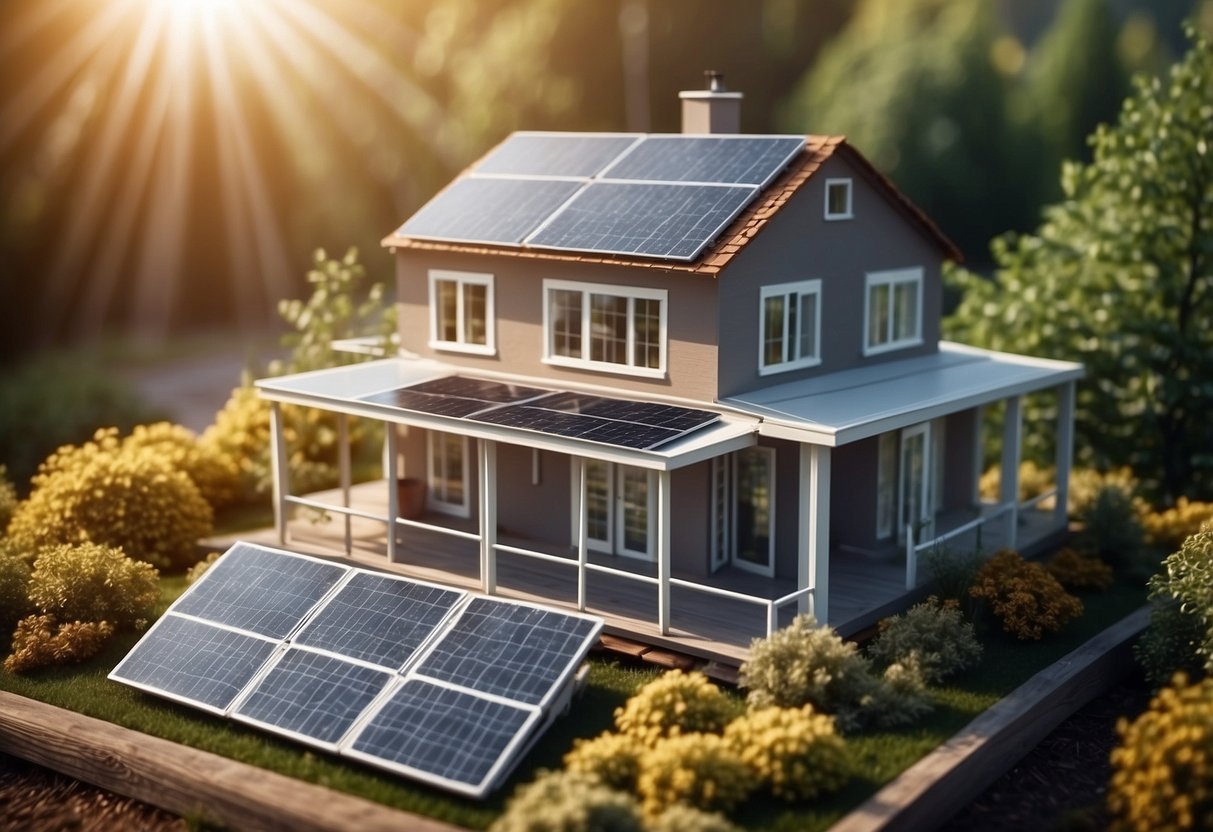
Understanding Energy Efficiency
Energy efficiency means using less energy to perform the same task. This not only reduces energy waste but also incurs financial savings and lowers environmental impact.
What Is Energy Efficiency?
Energy efficiency involves utilizing technology and practices that consume less energy to achieve the same function. For instance, using LED bulbs instead of incandescent bulbs to produce the same amount of light.
Appliances and systems are designed to operate more effectively, minimizing energy loss. Efficient energy usage also covers structural improvements like insulation, which maintains indoor temperature with less energy. It is a step forward in reducing energy dependency and promoting sustainability.
Benefits of Energy-Efficient Upgrades
Energy-efficient upgrades offer multiple benefits. Financially, they reduce energy bills by lowering consumption. Environmentally, they decrease carbon footprints by minimizing energy waste.
Moreover, energy-efficient homes often have higher property values and provide enhanced indoor comfort. Improved insulation leads to better temperature regulation, while energy-efficient windows reduce drafts.
Additionally, many governments offer incentives, such as tax rebates, to encourage energy-efficient home improvements, making them a smart and cost-effective choice.
DIY Tips for Energy Efficiency
Improving your home’s energy efficiency can significantly reduce both your utility bills and environmental impact. Key areas of focus include insulating your home and sealing windows and doors.
Insulating Your Home
Proper insulation is critical for maintaining a stable indoor temperature. This can be achieved through the installation of insulation materials in various parts of the house, including attics, walls, and floors.
When insulating an attic, fiberglass batts are a common choice due to their ease of installation and effectiveness. It’s advisable to measure the space accurately to avoid any gaps. For wall insulation, spray foam provides an excellent seal, preventing air leaks and improving thermal resistance. Basement areas can benefit from rigid foam boards, which are moisture resistant and durable.
Attic insulation might also involve installing radiant barriers. These reflect heat away from the living space during hot seasons, keeping the home cooler. Overall, prioritizing areas with the most heat exchange, like attics and basements, yields the best results.
Sealing Windows and Doors
Sealing windows and doors can prevent drafts and enhance the overall thermal performance of a home. Begin by inspecting these areas for visible gaps or signs of wear, such as cracked caulking or weatherstripping.
For windows, applying new caulk around the edges can seal openings effectively. Silicone-based caulk offers durability and flexibility. Weatherstripping windows is another approach, using adhesive-backed foam or V-strip to block air infiltration. For increased efficiency, consider using a window insulation film during colder months to provide an additional barrier against heat loss.
Doors can also be sealed with weatherstripping. Adhesive-backed foam tape is useful around door frames, while door sweeps can be installed at the bottom to block drafts. Ensuring that door thresholds are properly adjusted can further minimize air exchange. Regular maintenance checks can help sustain the efficacy of these seals.